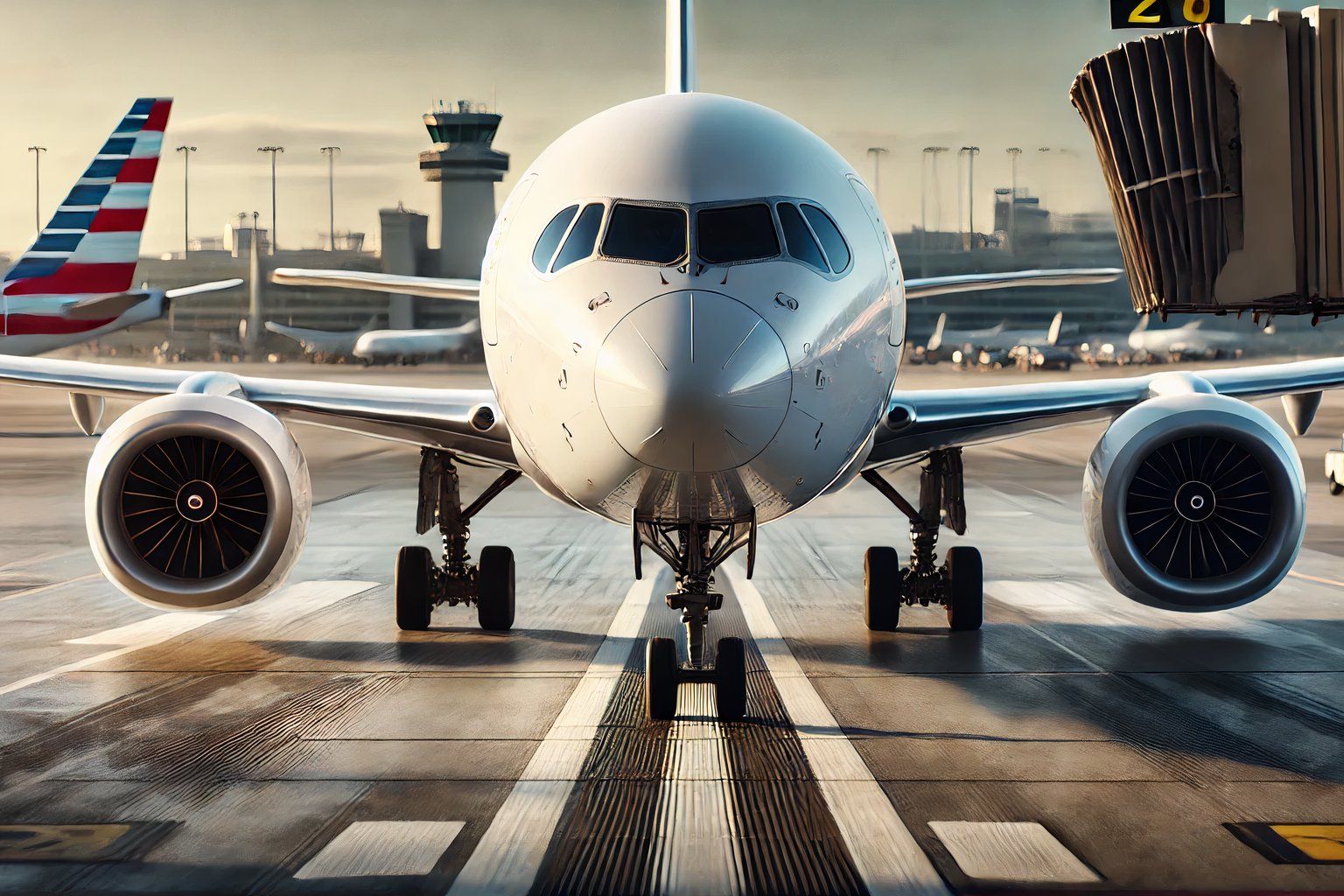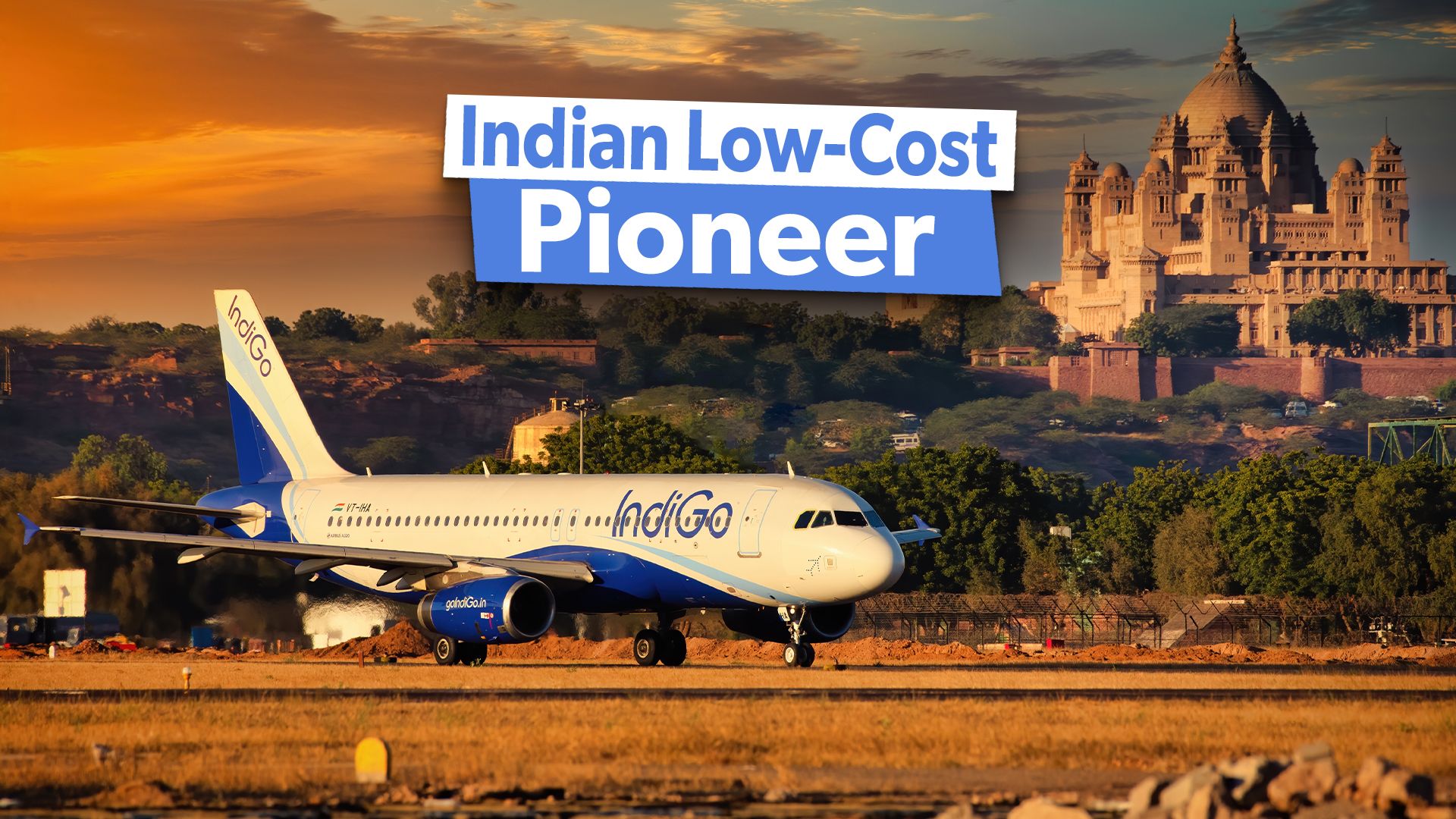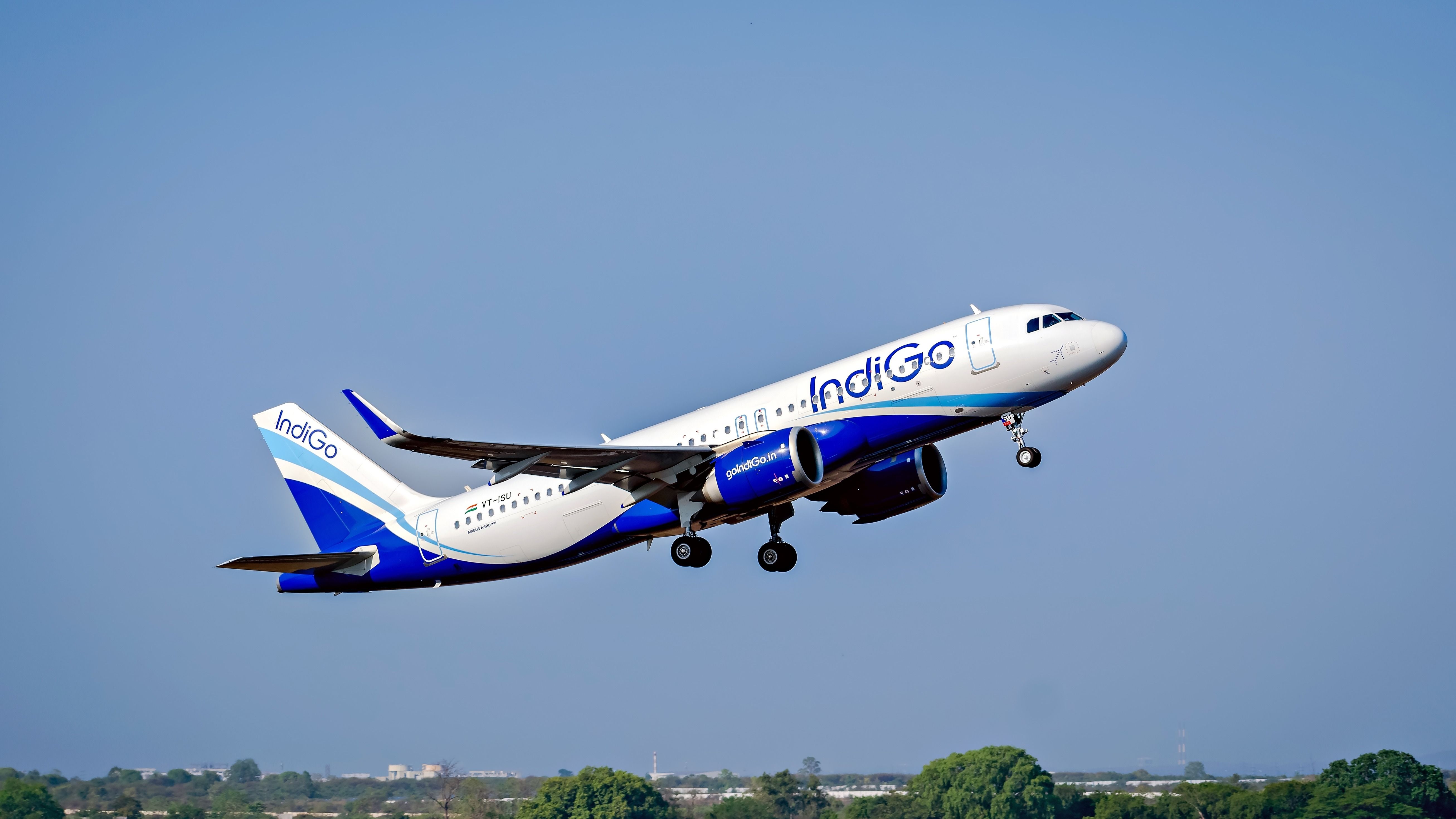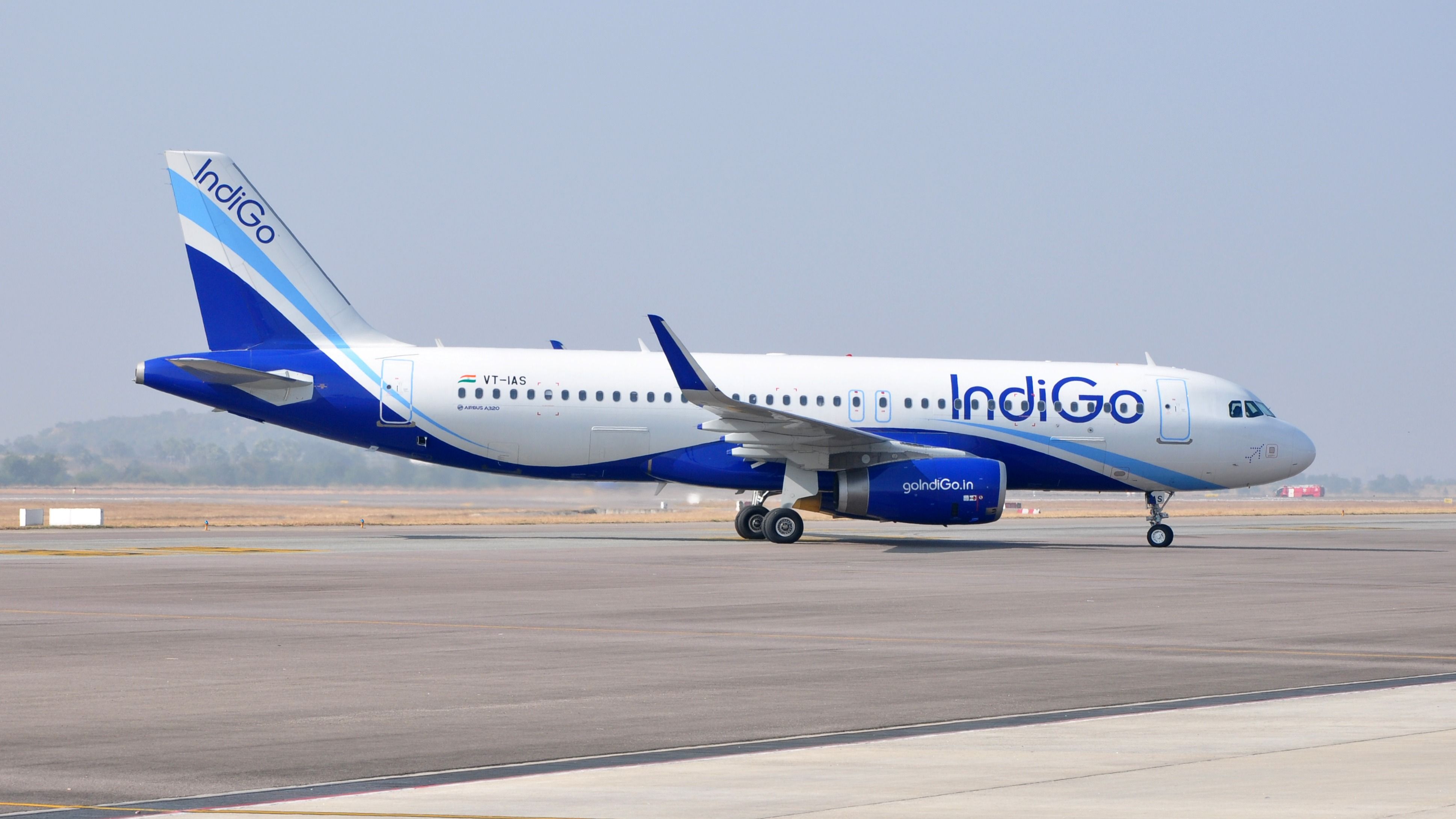IndiGo
, an Indian low-cost airline that is officially named InterGlobe Aviation Limited, has gone from not existing just 20 years ago to being the largest airline in India today with a market share of over 60%. In most global commercial aviation markets, it takes decades to develop this immense level of market saturation, an amount of control within the market that is unprecedented anywhere on Earth.
Low-cost carriers in India have struggled, with the noticeable exception of the efficiently managed IndiGo, which leveraged some of its most valuable assets to capitalize on an aviation market that was ripe for growth. Not only has IndiGo brought the low-cost model successfully to India, but it has also done so more effectively than its primary competitors, none of which are nearly as large as the carrier today.
The carrier originates with a pair of travel industry veterans
Founded as a private holding company by Rahul Bhatia, a leader at travel management firm InterGlobe Airways, and Rakesh Gangwal, a former executive at multiple airlines, the airline has grown rapidly since its beginnings in 2006. It only took six years from launch for the airline to become the largest in India by market share, an unbelievable statistic considering that low-cost carriers typically take many decades to achieve such a level of market prominence.
Nonetheless, the success of IndiGo can largely be attributed to the astute management decisions made by Gangwal and Bhatia, both of whom still maintain major stakes in the airline today, despite the company being led now by Dutch businessman Pieter Elbers, who previously served as the CEO of KLM. Let’s take a deeper look at how IndiGo was founded, how it was able to bring the low-cost model to India successfully, and what the carrier’s future could hold.

Two founders who had a bold vision
Rahul Bhatia, whose father had founded a travel business company, saw the opportunity to expand into the aviation sector in 2004 when he launched InterGlobe Aviation, a carrier that quickly acquired an airline license and placed a huge order for over 100 Airbus A320 family jets. An engineer by trade, the businessman was familiar with how airlines operated and understood the mechanics of how much of such a business operates, according to The Economic Times.
Photo: Lalam photography | Shutterstock
However, what Bhatia lacked was the in-depth industry expertise that would be required to develop a complete business model for how to operate a new airline. Carriers across India had been struggling in recent years, making the need for an experienced business partner all that greater.
Turning to an industry expert
Rakesh Gangwal, an Indian-American who lived in the United States following an MBA at the University of Pennsylvania’s Wharton School, would prove to be that ideal business partner. Starting his career at consulting firm Booz Allen & Hamilton, Gangwal would develop extensive industry connections that would eventually help him be appointed as a director at United Airlines, where he held a series of strategy roles. Gangwal later became the executive vice president of Air France and would later go on to serve as the CEO of US Airways before he was approached by Bhatia with a business proposition.
Creating a low-cost airline that could last and thrive in the Indian market
According to Business Standard, IndiGo aimed to learn from the successes of no-frills carriers in Europe like Ryanair and easyJet, which had succeeded by reducing costs as much as possible. Bhatia and Gangwal were no strangers to the low-cost model, with Tony Fernandes beginning to succeed with this model in Southeast Asia just a few years prior.
The fledgling carrier was to operate a single-configuration aircraft, with fleet commonality that helped reduce operational costs. The carrier would focus on point-to-point connectivity, bypassing hubs that travelers had previously been forced to use when traveling between underserved destinations.
The airline followed a Ryanair-esque management strategy when it came to most of its decisions, as it introduced high ancillary fees and other initiatives that helped drive auxiliary revenue growth. Despite cutting back on staffing and attempting to streamline costs as much as possible, the carrier did ensure that it offered a strong workplace environment for its employees.
Photo: Joe Ravi | Shutterstock
Something that Indian airlines struggled with was attrition (or retaining employees), with Jet Airways notably struggling to retain staff during the years of its collapse. A comparative analysis published in the International Journal of Asian Business and Information Management examined the joint approaches taken by Jet Airways and IndiGo to create a comfortable workplace environment and concluded that by doing so more effectively, IndiGo was able to maintain a higher attrition rate.
During the early years, during which the carrier was saddled with the debts brought along by its startup costs, the airline made money through sale-leaseback transactions, a novel strategy to neutralize costs at the time. In 2016, 10 years after its foundation, the carrier went public, and Bhatia and Gangwal came away with billions in profits as a result.
In recent years, IndiGo has faced challenges related to operating during the COVID-19 pandemic, and in the difficult economic environment that followed. In 2022, co-founder Gangwal stepped down following a public falling out with Bhatia. As a result, he has begun to slowly sell off his roughly 25% stake in the company, according to reports from Forbes.
Nonetheless, growth still remains on the horizon for the Indian low-cost carrier, which has consistently defied the odds. With an order for 30 Airbus A350-900 widebody jets, IndiGo looks like it may be trying to break into the long-haul low-cost space, one that has been notoriously challenging for even the most experienced industry leaders. We will simply have to see where IndiGo begins to establish its long-haul network and how the carrier can continue to grow as a result. Today, the IndiGo fleet includes all the following aircraft types:
- Airbus A320-200
- Airbus A320neo
- Airbus A321neo
- ATR 72-600



